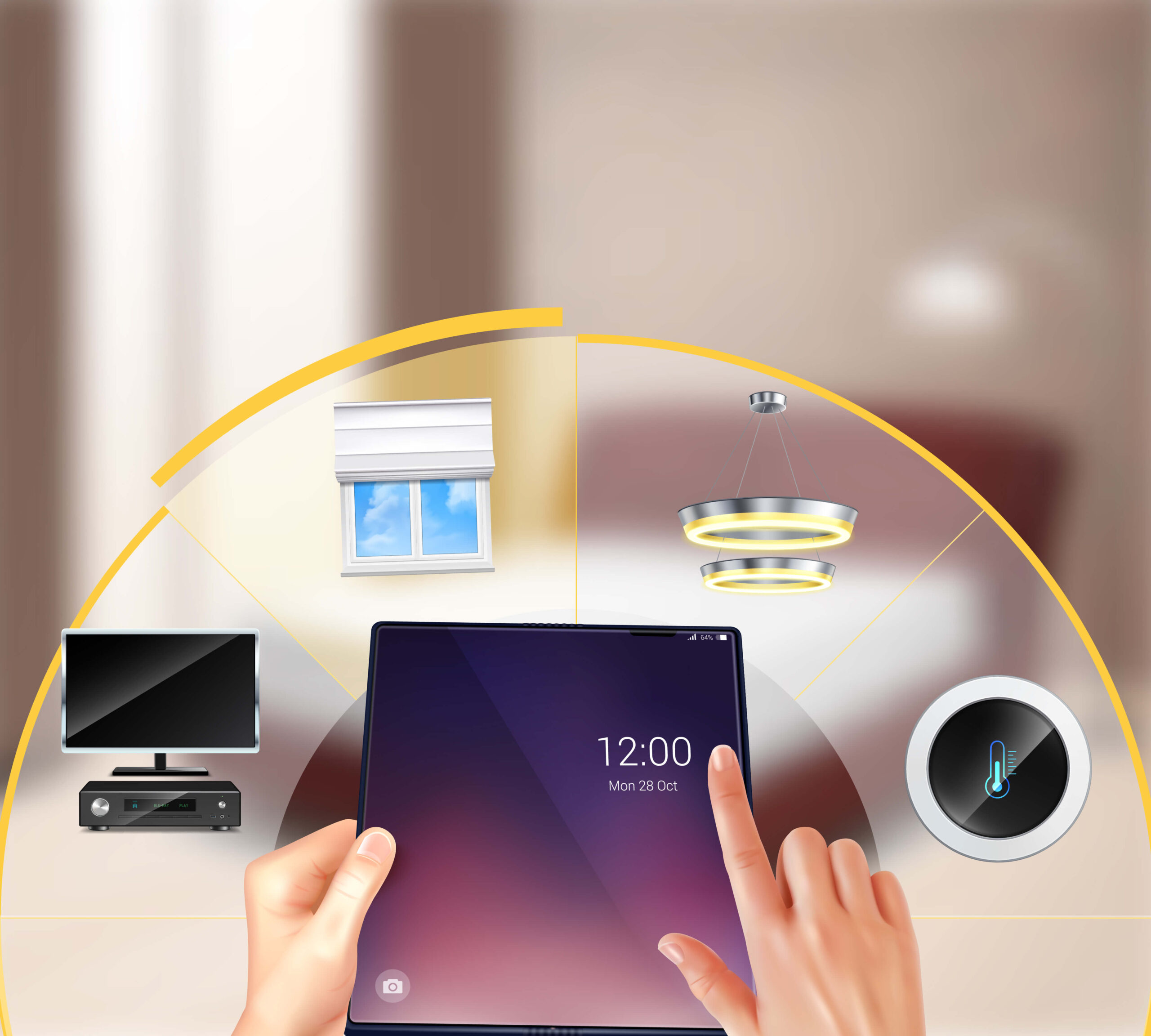In today’s rapidly evolving digital landscape, organizations are expanding their networks and infrastructure at unprecedented rates. Cloud adoption, remote work, IoT devices, and third-party integrations have all contributed to an explosion of connected assets. However, with this growth comes a critical cybersecurity challenge: unmanaged assets. These are devices, applications, or systems that exist in an organization’s environment without proper oversight, tracking, or security controls.
As threat actors become more sophisticated, unmanaged assets are emerging as one of the most significant blind spots in modern cybersecurity strategies. Fortunately, a new approach called Cyber Asset Attack Surface Management (CAASM) is helping organizations regain visibility, control, and security over their environments.
What Are Unmanaged Assets?
Unmanaged assets are any IT assets within an organization that are not actively monitored, maintained, or secured by the IT or security team. These may include:
- Shadow IT systems set up by employees without formal approval
- Legacy systems no longer patched or supported
- Cloud instances spun up temporarily and forgotten
- IoT devices connected to the corporate network
- Test servers or development environments left open to the internet
These assets can go unrecognized because they fall outside the traditional boundaries of IT asset management tools. As a result, they often escape updates, lack antivirus protection, or remain exposed to the internet—making them low-hanging fruit for attackers.
Why Unmanaged Assets Are a Growing Threat
The threat posed by unmanaged assets is multifaceted and growing:
1. Expanded Attack Surface
Each unmanaged asset introduces a new entry point that attackers can exploit. Even a single misconfigured or outdated asset can give adversaries a foothold into the network.
2. Lack of Visibility
Security teams can’t protect what they don’t know exists. Traditional asset inventories often rely on manual processes or outdated CMDBs, leaving significant gaps.
3. Non-Compliance Risks
Regulations such as GDPR, HIPAA, and PCI-DSS require organizations to maintain strict asset management practices. Unmanaged assets create compliance blind spots and potential violations.
4. Increased Operational Complexity
When a breach occurs via an unknown asset, response times are delayed due to confusion around ownership, function, and configuration. This increases the time attackers have to inflict damage.
Enter CAASM: A New Approach to an Old Problem
Cyber Asset Attack Surface Management (CAASM) is a new cybersecurity approach designed to provide complete visibility into all cyber assets, both managed and unmanaged. Rather than deploying new agents or relying on periodic scans, CAASM platforms integrate with existing tools to pull real-time data from across the technology stack.
The goal is to build a comprehensive, unified inventory of every asset in the environment—from endpoints and cloud resources to containers, SaaS applications, and more.
How CAASM Helps Organizations Secure Unmanaged Assets
CAASM helps tackle the challenge of unmanaged assets through four core capabilities:
1. Unified Asset Visibility
CAASM consolidates data from multiple sources—endpoint detection and response (EDR) tools, vulnerability scanners, cloud providers, identity platforms, and configuration management databases (CMDBs). By doing so, it creates a centralized, accurate view of every cyber asset across on-prem, cloud, and hybrid environments.
This visibility is critical in identifying unmanaged or rogue assets that may have fallen outside traditional IT oversight.
2. Real-Time Data Correlation
Because CAASM platforms are built on integrations rather than agents, they provide real-time or near-real-time insights into asset status and security posture. By correlating data from different systems, CAASM detects inconsistencies such as:
- Devices appearing in EDR tools but missing from CMDBs
- Cloud workloads without proper IAM configurations
- Assets with outdated or missing security controls
This enables proactive identification of unmanaged or misconfigured assets.
3. Automated Remediation and Workflows
CAASM platforms often include automation capabilities that help security and IT teams take action on risky assets. For example:
- Triggering endpoint installation scripts for unmanaged devices
- Notifying responsible teams via Slack, Teams, or ticketing systems
- Auto-quarantining assets that fail compliance checks
These automated workflows reduce the manual effort needed to bring assets under management.
4. Improved Security Posture and Compliance
By shining a light on the darkest corners of the network, CAASM strengthens an organization’s overall security posture. More importantly, it helps teams demonstrate compliance with frameworks that require asset discovery and vulnerability management—such as NIST, ISO 27001, and CIS Controls.
Real-World Impact of CAASM
Organizations adopting CAASM solutions are seeing immediate value. In one case, a global financial services company discovered over 5,000 cloud assets that were previously untracked, many of which were internet-facing with outdated software. With CAASM, they were able to quickly assess risk, assign ownership, and decommission or secure the vulnerable assets.
In another example, a healthcare provider used CAASM to identify medical devices and IoT systems that were operating without endpoint protection. This insight led to a revised procurement policy and tighter network segmentation, greatly reducing exposure.
Key Considerations When Choosing a CAASM Solution
If your organization is considering a CAASM platform, here are some factors to keep in mind:
- Integration Flexibility: Choose a solution that easily integrates with your existing tools (EDR, CMDB, cloud platforms, IAM, etc.)
- Scalability: Ensure it can handle the size and complexity of your infrastructure
- Data Freshness: Look for solutions that provide real-time or near-real-time data synchronization
- Security Context: Prioritize platforms that not only show asset inventories but also overlay risk context and vulnerabilities
- Automation Capabilities: Select tools that support automated remediation and alerting workflows
Conclusion
In an age where cyber threats are escalating and digital infrastructure is sprawling, unmanaged assets represent a silent but serious risk. Every unknown or untracked system is a potential vector for attack—and traditional tools simply aren’t keeping up with the pace of change.
Cyber Asset Attack Surface Management (CAASM) provides a proactive, integrated, and scalable solution to this problem. By offering deep visibility, real-time insights, and actionable intelligence, CAASM enables organizations to regain control of their cyber environments—before attackers take advantage of the chaos.
If your organization is serious about reducing risk, improving compliance, and preparing for the future of cybersecurity, CAASM is no longer optional. It’s essential.






